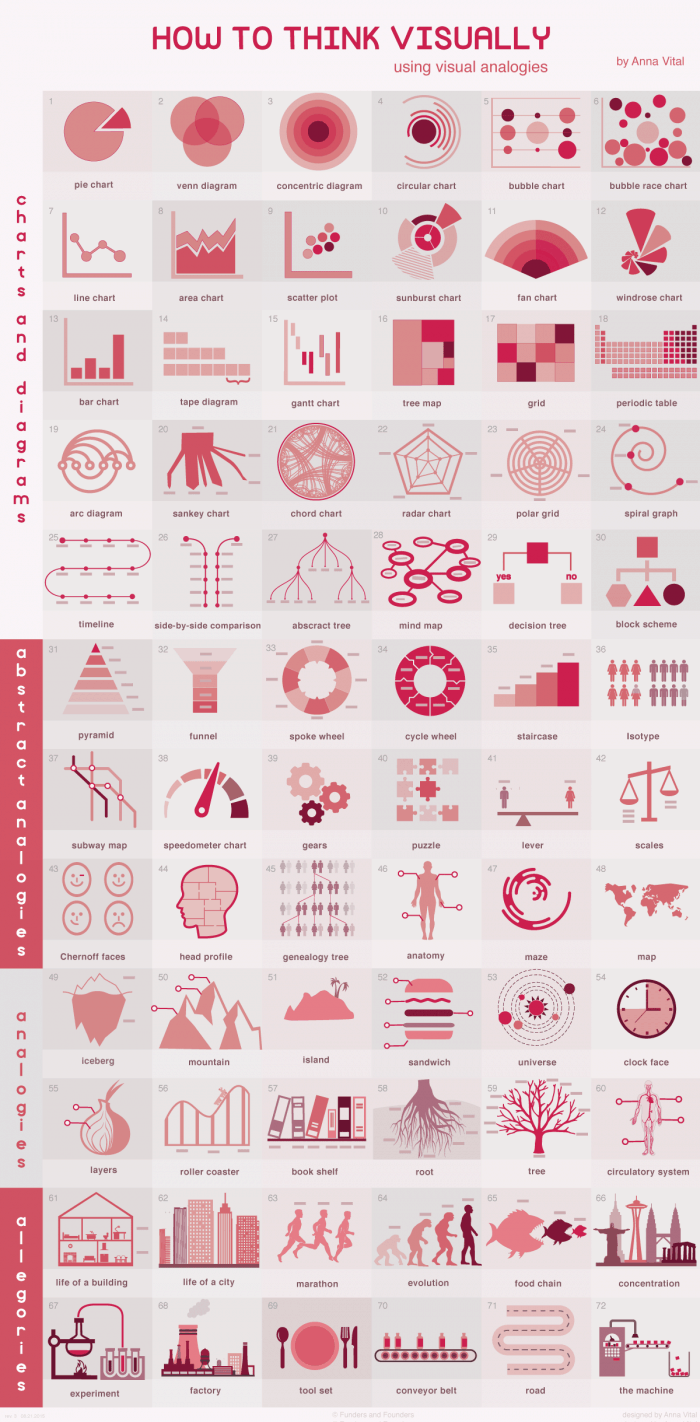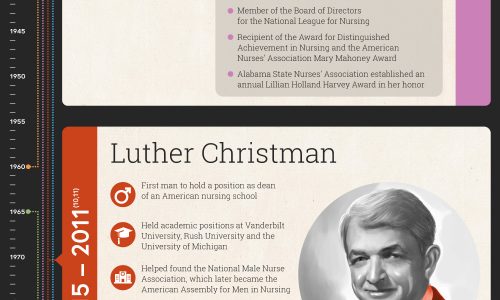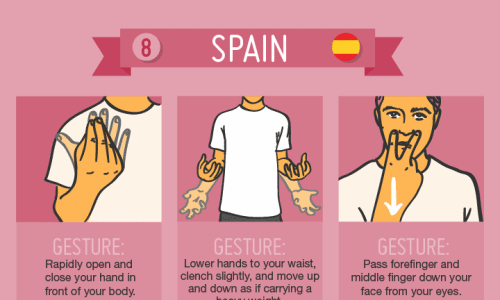
People often present ‘visual thinking’ as an inherent skill- either you have it, or you don’t. (And those who ‘have’ it are often portrayed as more creative and artistic than those who ‘don’t’.) But in reality, visual thinking can be learned and improved in a myriad of ways, such as coming up with new ways to conceptualize information.
Everyone learns in different ways, and it can be truly valuable to determine your learning style. But it’s not all nature; you can nurture your learning styles as well, and that includes picking up strategies to think more visually. Visual thinking, after all, isn’t just for your benefit- it can be a key method of presenting information to others in a clear and understandable way.
Some of these methods may already be obvious to you: most people have encountered a pie chart and a Venn diagram, after all. But there are as many ways of thinking visually as there are ways to configure a set of information. Charts like decision trees, abstract analogies like a speedometer or Chernoff faces, analogies like onion layers and bookshelves, and allegories like evolution or food chains can all help categorize, classify, and present information. The key is to pick which method works best for you, and adapt it for your particular set of facts.




